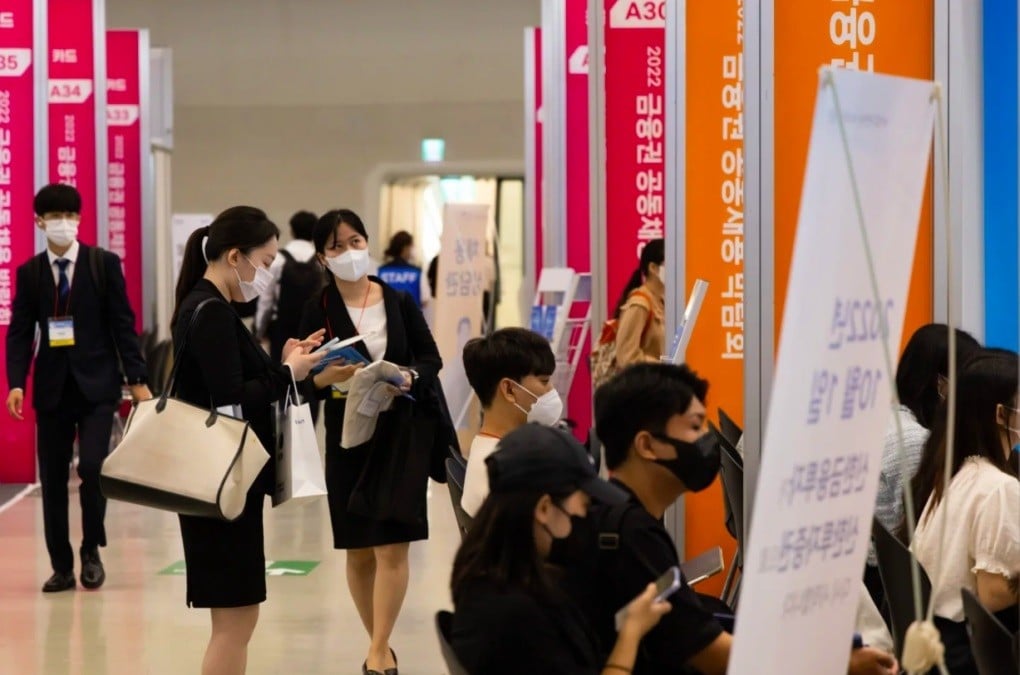 |
| Difficulties in finding jobs and high housing costs make young Koreans less interested in getting married and having children. (Source: Bloomberg) |
South Korea's total fertility rate — the average number of children a woman aged 15-49 will have in her lifetime — fell to 0.81, the lowest among the 30 members of the Organization for Economic Cooperation and Development (OECD) in 2021, according to a BOK report.
Among 217 countries and territories, including OECD member countries, South Korea has the second lowest fertility rate, after Hong Kong (China) at 0.77. South Korea ranks first among these 217 countries and territories in terms of the rate of decline in its fertility rate from 1960 to 2021, with an 86% decrease from 5.95 to 0.81.
The BoK report said that if this trend continues without any solution, the South Korean economy will experience negative growth by 2050 and the country's total population will fall below 40 million by 2070 from the current level of 51 million.
The main reasons for South Korea's record low birthrate are fierce competition, difficulties in finding jobs, high housing costs and growing concerns about child safety, the BOK said.
The BoK predicts South Korea's birthrate will rise to 0.845 if the government takes measures to lower housing prices, ease urban concentration and raise the employment rate among unmarried young workers to levels seen in other OECD countries.
South Korea's birthrate fell to a record low of 0.7 in the third quarter, down 0.1 from a year earlier, according to Statistics Korea. It was also the lowest figure for the third quarter since 2009.
Source


![[Photo] President Luong Cuong presents the 40-year Party membership badge to Chief of the Office of the President Le Khanh Hai](https://vphoto.vietnam.vn/thumb/1200x675/vietnam/resource/IMAGE/2025/5/19/a22bc55dd7bf4a2ab7e3958d32282c15)


![[Photo] Panorama of the Opening Ceremony of the 43rd Nhan Dan Newspaper National Table Tennis Championship](https://vphoto.vietnam.vn/thumb/1200x675/vietnam/resource/IMAGE/2025/5/19/5e22950340b941309280448198bcf1d9)
![[Photo] Close-up of Tang Long Bridge, Thu Duc City after repairing rutting](https://vphoto.vietnam.vn/thumb/1200x675/vietnam/resource/IMAGE/2025/5/19/086736d9d11f43198f5bd8d78df9bd41)
























![[Photo] General Secretary To Lam attends the conference to review 10 years of implementing Directive No. 05 of the Politburo and evaluate the results of implementing Regulation No. 09 of the Central Public Security Party Committee.](https://vphoto.vietnam.vn/thumb/1200x675/vietnam/resource/IMAGE/2025/5/19/2f44458c655a4403acd7929dbbfa5039)
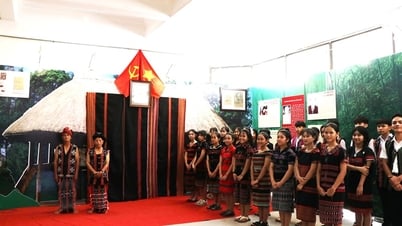

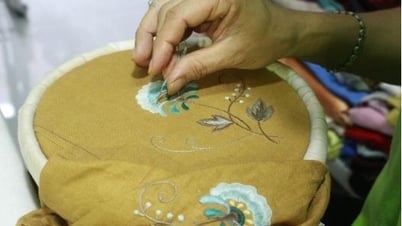
































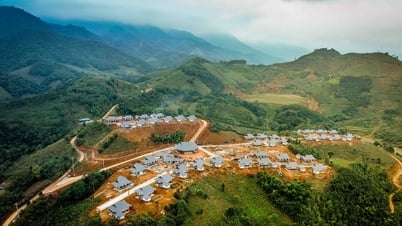



















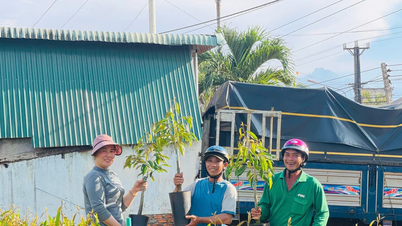
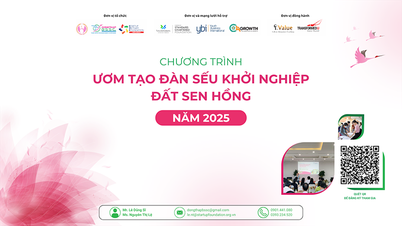


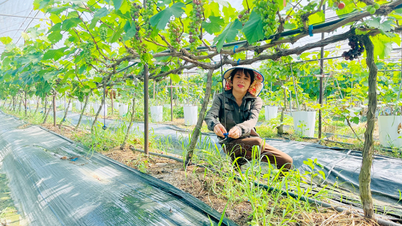


![[VIDEO] - Enhancing the value of Quang Nam OCOP products through trade connections](https://vphoto.vietnam.vn/thumb/402x226/vietnam/resource/IMAGE/2025/5/17/5be5b5fff1f14914986fad159097a677)



Comment (0)